Tonight started of quite well. We finally had average conditions, which much better than the 2 arcseconds seeing from before! The first target of the night is one from Logan. She is searching for white dwarf companions around main sequence stars. Stellar evolution tells us that there should be more white dwarfs than we can see. These white dwarfs could be hidden as companions close by brighter stars, which make it difficult to see them. MagAO-X is an ideal instrument to search for faint things next to bright things. We use coronagraphs to block the starlight of the primary to search for faint companions. Below is a video showing MagAO-X running at full steam trying to get maximum performance.
Sadly, we had to stop again around midnight. The seeing went through the roof.
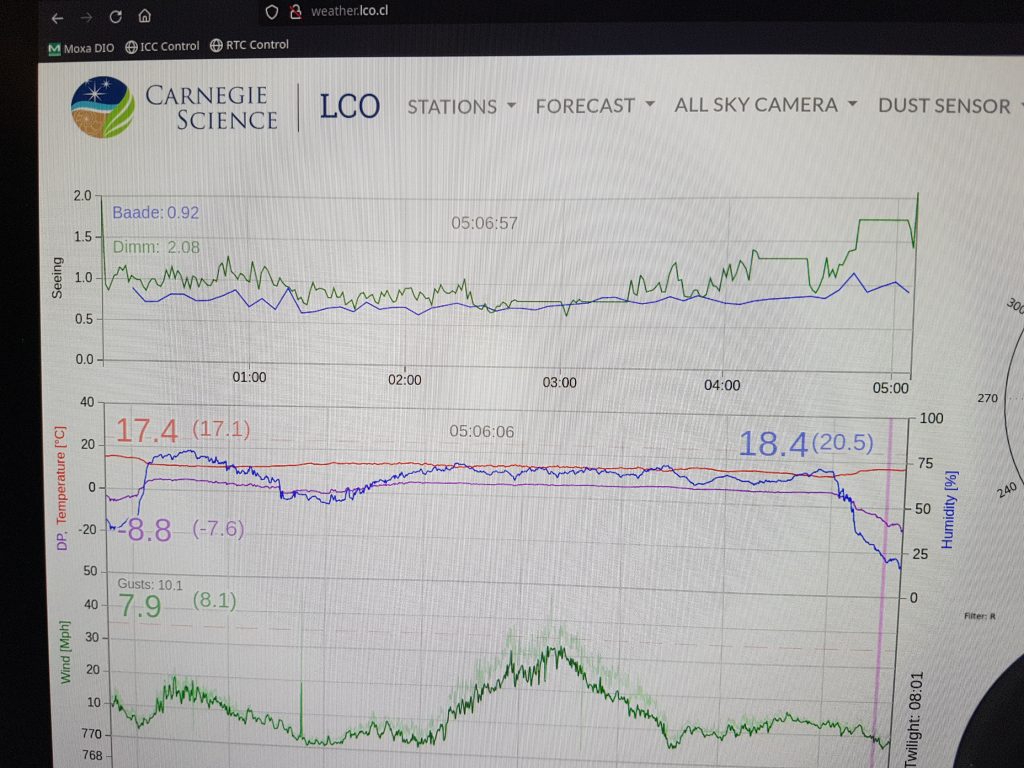
The seeing became so bad that we just gave up trying to get science data and we switched to sparkle engineering. This also allowed us to explore the more important things in life. Such as tasting all the different types of milk that LCO has to offer. The reviews and commentary are outside the scope of this blog post and will be part of later work.
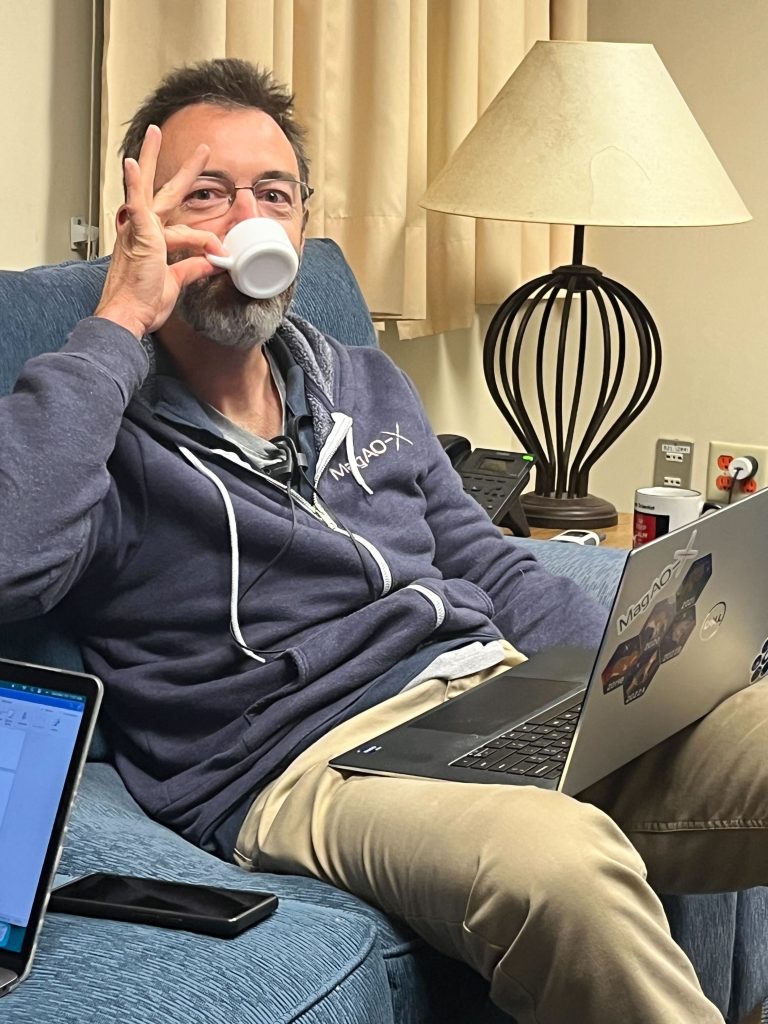
At the end of the night the seeing became a bit better and Logan could take over again to search for her white dwarf companions. Somehow it looked like all stars we looked at were binary stars. After seeing 5 binary systems we realized that it was the system itself that created the binary components!
And during the lows of the night we also lost our dear friend Vizzy. As if the night had not been bad enough.
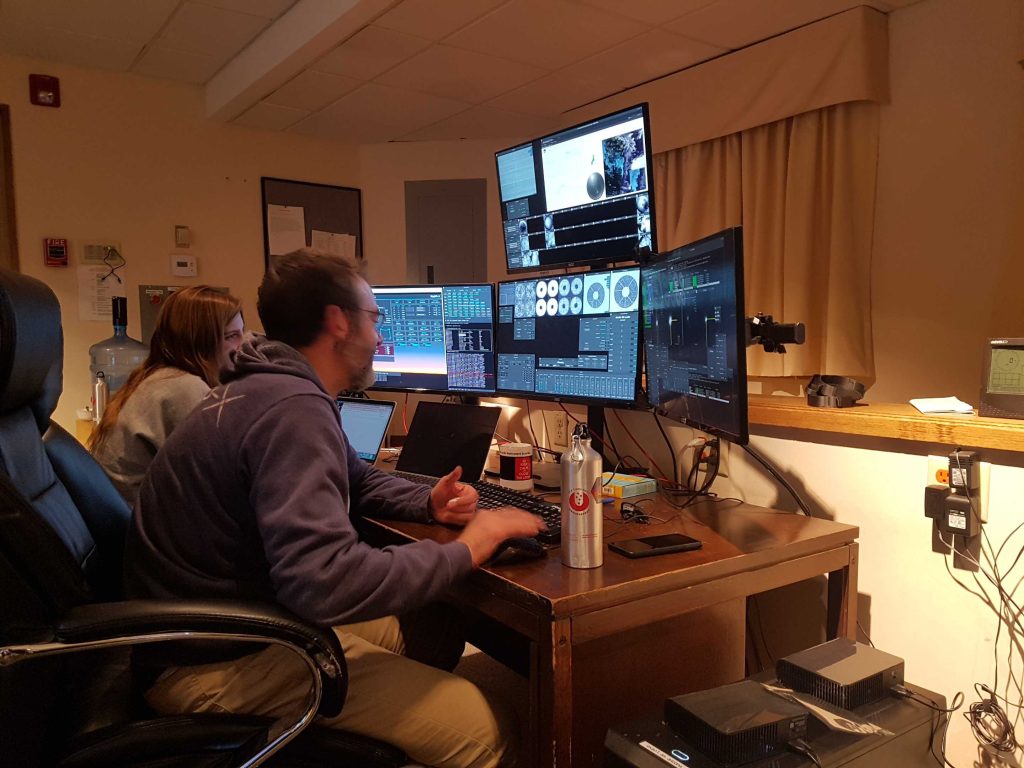
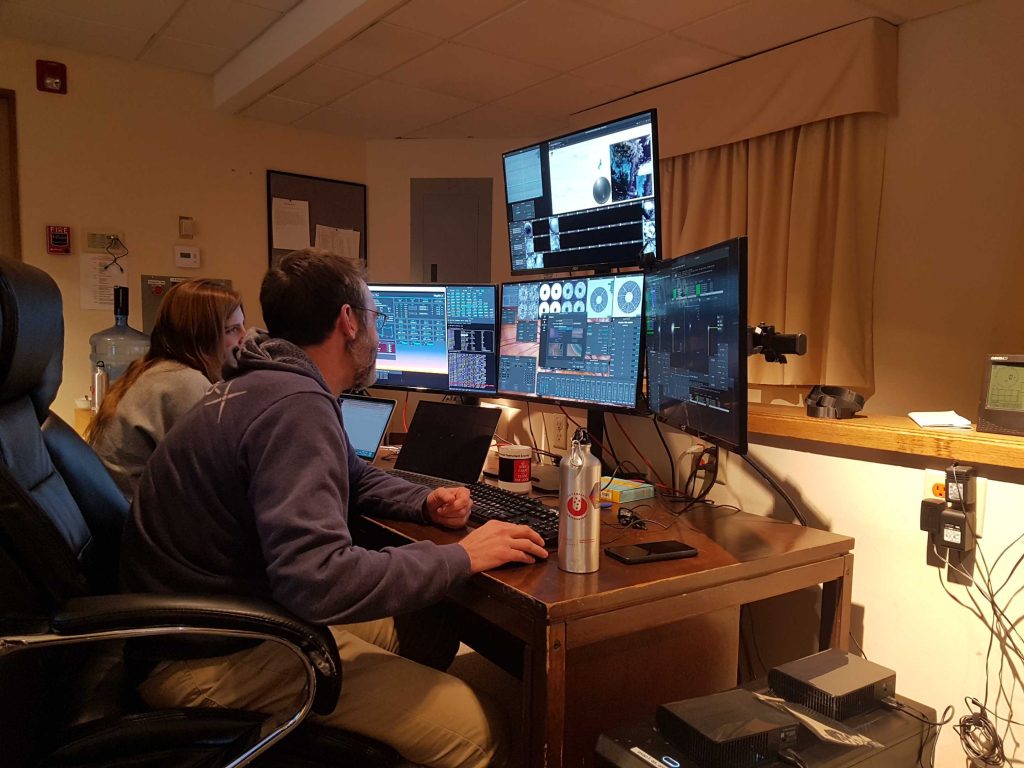
After the night ended I continued to work on some daytime engineering to get the new integrated coronagraph/wavefront sensor to work. This has been manufactured by the local manufacturista Avalon McLeod. Yesterday night we commissioned the coronagraph part of this optic. And today we did the lab tests of the wavefront sensor side. Now we only need to get the wavefront sensor on sky!
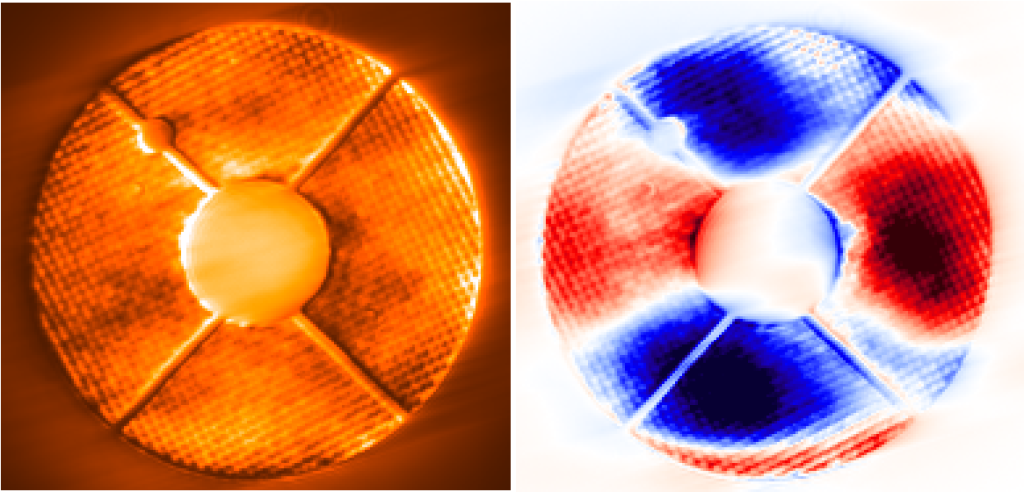
The last week has been though weather wise. So here we are hoping for better skies in the next couple of nights.
